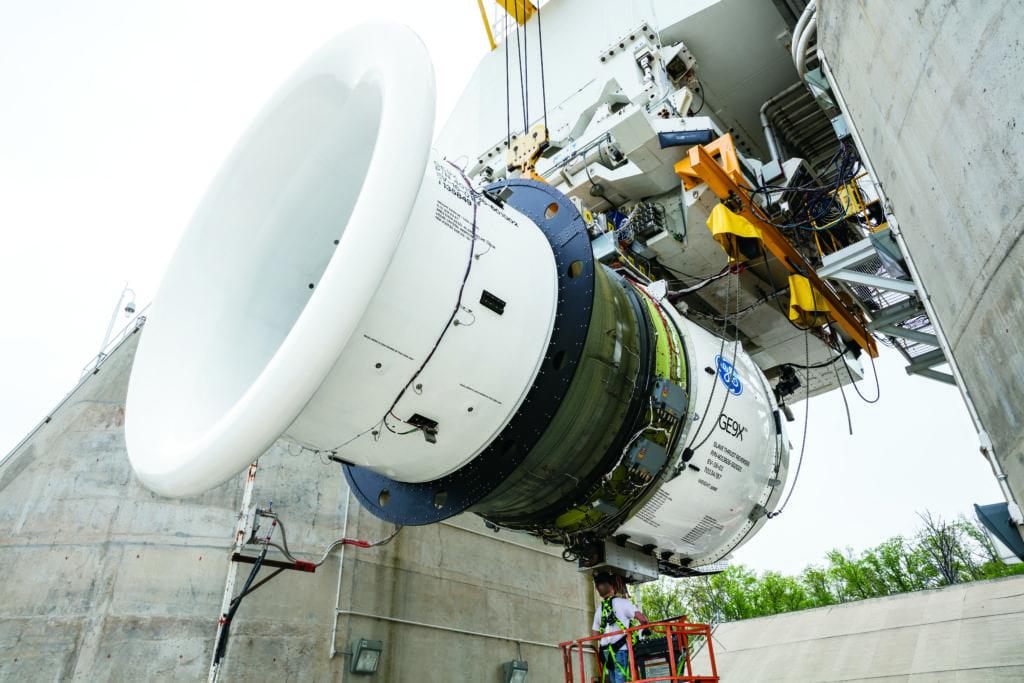A Close-Up Look At GE Aviation's GE9X Turbofan

The General Electric GE9X is a high-bypass turbofan developed by GE Aviation exclusively for the Boeing 777X. The first engine test took place in March 2016 and it first flew on March 13, 2018. Click here to get a more detailed timeline of the GE9X development.
Building on the GEnx and Leap programs, the GE9X incorporates an all-new core, fourth-generation composite blades and a composite fan case. The engine is also made with more than 300 additively manufactured parts and advanced materials, such as five ceramic matrix composite (CMC) components that include the first-stage shroud and first- and second-stage nozzles on the high-pressure turbine, and the inner and outer linings of the combustor.
Click on the markers below to get details of the engine.





Comments
There are 324 Boeing 777Xs on order. Sixty-one percent of these orders come from three middle east carriers. Is there a large enough market for extra large long haul aircraft for GE to make a profit on the GE9X? Or could the 777X turn out to be a replay of the A380? That became a story of an aircraft which was too large to be filled by anyone other than ME carriers.
Does China have the plans yet?
The 747-8 carried the baggage of being so obviously an update of the original 1969 'jumbo jet' that it looked archaic to many observers. And the A380 suffered from an overly large wing that had been optimized for the expected early stretch to 655 passengers, and the planned mighty freighter. Its engines were also barely improved from existing turbofans, and were looking somewhat archaic compared to all its competitors.
By comparison, the 777X is optimized for the future, with clean-screen wings and engines that bring eye-watering improvements in fuel efficiency. It could have a long run, due to the difficulty of any other competitor making a successful business case to start now to chase it.